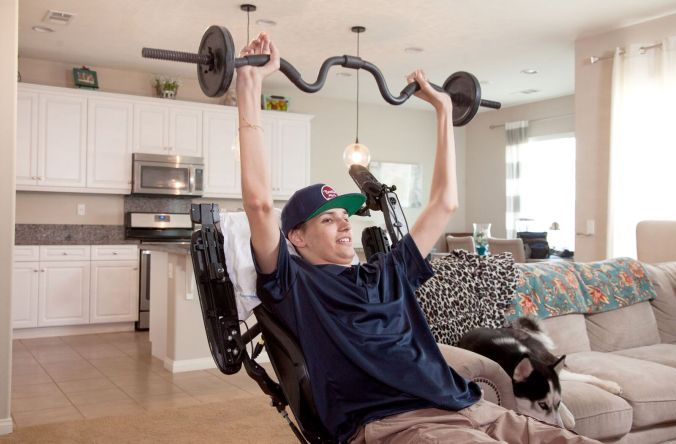The results are in folks. Though it’s too early to declare a winner, it looks very likely that sickle cell disease is going to be soundly defeated by CRISPR-Cas9.
Reporting in Nature on Monday, Stanford researchers devised a method to efficiently correct the sickle cell mutation in human blood stem cells using the super-popular, user-friendly CRISPR-Cas9 genetic editing technology. Speaking to Reuters, lead scientist Matthew Porteus forecasted that clinical trials are just around the corner:
Matthew Porteus
Image: Stanford MedicineWe think we have a complete data set to present to the FDA (Food and Drug Administration) to say we’ve done all pre-clinical experiments to show this is ready for a clinical trial
Sickle Cell Disease 101
Sickle cell disease is an inherited blood disorder that causes the generation of abnormal, sickle-shaped red blood cells in people afflicted with the disease. As a result, the misshapen cells become sticky and clump up inside blood vessels which can cause debilitating pain, anemia and organ failure. Besides pain medicine and frequent blood transfusions, the only other treatment available is a blood stem cell transplant which can be curative but carries significant risks including a high mortality rate.

Sickle cell disease leads to abnormally shaped red blood cells (watch our video for more info)
Because the disease arises from a single DNA mutation, scientists have been working hard to use gene editing techniques as a treatment strategy. In this procedure, the patient’s stem cells are collected from their bone marrow and then the mutation is corrected in the lab. The repaired cells are transplanted back into the patient which avoids risk of immune rejection due to mismatched donor blood.
CRISPR-Cas9: the New Kid in Gene Therapy Town
Other gene therapy techniques have been successful at fixing the sickle cell mutation and are currently in clinical trials. But the more recent CRISPR-Cas9 method is much easier to carry out. Cas9 is an enzyme with an attached piece of RNA, a genetic molecule, that can be engineered to bind specifically to the sickle cell gene and, like molecular scissors, snip the DNA. This break in the DNA activates the cell’s natural DNA repair functions. At the same time, the correct sickle cell gene is delivered to the stem cells with the help of a harmless virus.
The researchers were able to correct 30 to 50% of the mutated cells using this method. That’s well over the 10% threshold that’s thought to be needed to get a clinical benefit in people. And 16 weeks after transplanting the cells into mice, the cells were still intact and healthy in the animal’s bone marrow. Just a few weeks ago, a group at UC Berkeley reported a slightly different CRISPR-Cas9 method to correct the sickle cell gene and found that about 25% of cells were corrected.
According to the Reuters interview, Porteus hopes to begin clinical trials in 2018. Add that to the sickle cell gene therapy trials already underway, including a CIRM-funded trial sponsored by UCLA, and you can’t help feeling optimistic that sickle cell disease will be voted out of the existence in the not so distance future.

















